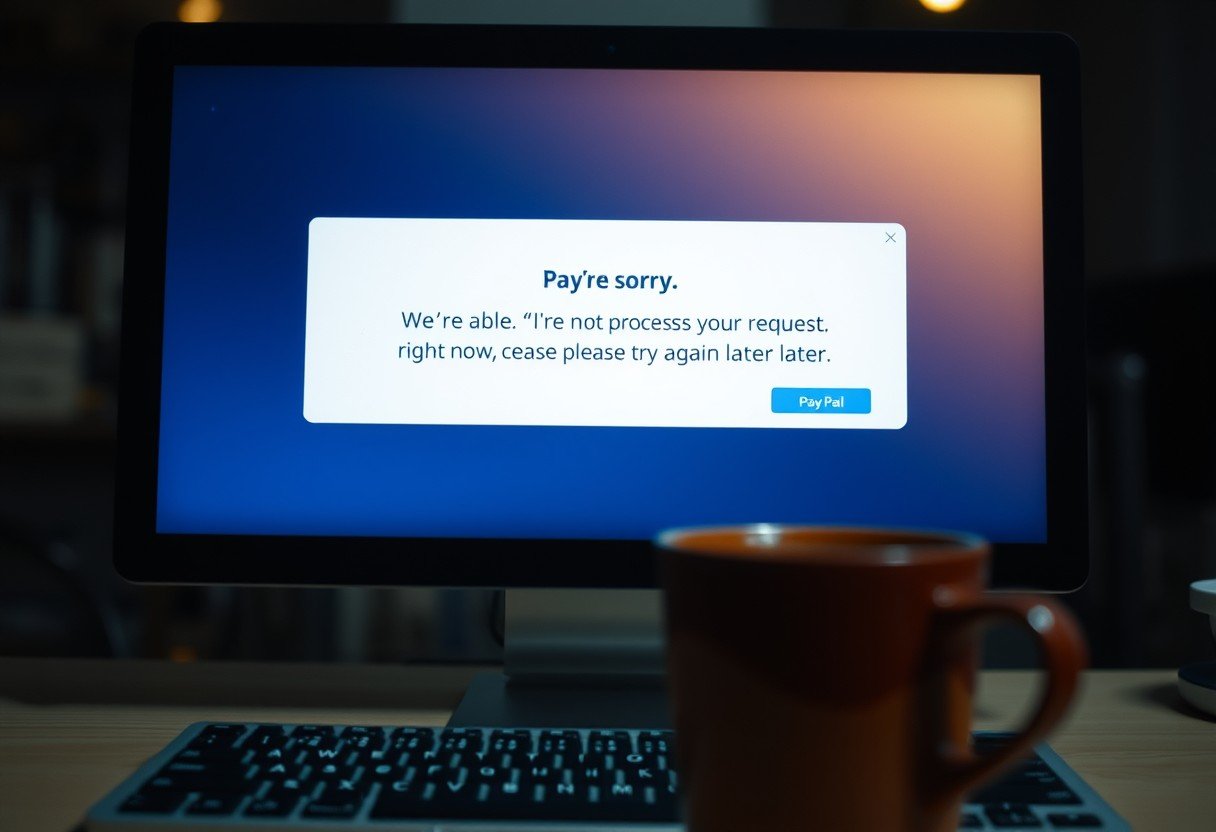Opening a Demat account has simplified investing in stocks, mutual funds, and bonds by holding them electronically. While many investors turn to their trusted banks to open one, this convenience can come with several hidden drawbacks. Understanding these disadvantages is crucial for making an informed decision and ensuring your investment journey is smooth and cost-effective from the very beginning.
The Challenge of Being Internet Savvy
One of the most significant hurdles when using a bank-provided Demat account is the required level of technological skill. The entire process is online, from monitoring your portfolio to executing trades.
This digital dependency can be a major problem for individuals who are not comfortable with internet banking and online platforms. Investors with limited tech knowledge may have to rely on bank staff to place orders on their behalf. This not only strips them of control but also opens the door to potential mismanagement of funds or fraudulent activities if not handled carefully. Furthermore, a lack of awareness about online security can make investors more vulnerable to phishing scams and other cyber threats.
The Problem with 3-in-1 Accounts
Banks often promote a 3-in-1 account, which combines your savings, trading, and Demat accounts into a single package. While it sounds convenient to have everything under one roof, this integration often comes with significant downsides.
The primary disadvantage is the cost. These bundled accounts typically have higher brokerage charges and annual fees compared to standalone accounts offered by discount brokerage firms. Many banks also enforce a minimum balance requirement in the linked savings account, which can be a burden for small investors or those just starting out. This requirement ties up capital that could otherwise be used for investing.
| Feature | Bank 3-in-1 Account | Brokerage Firm Account |
|---|---|---|
| Account Integration | Savings, Trading, Demat linked | Trading and Demat linked to any bank |
| Cost | Higher brokerage and fees | Lower or zero brokerage |
| Minimum Balance | Often required in savings account | Usually no such requirement |
The perceived benefit of seamless fund transfers is also minimal today, as most modern brokerage firms allow for quick and easy fund transfers from any bank account using UPI or net banking.
Understanding the Hidden Costs and Charges
A Demat account is never truly free, and banks are known for levying various fees. It is essential to read the fine print to understand the complete cost structure before opening an account.
Investors often overlook that these charges are applicable even if the account is not used for any trading activity. If you have an inactive Demat account with a zero balance, you will still be billed for maintenance.
- Annual Maintenance Charges (AMC): This is a yearly fee charged by the bank for maintaining your Demat account, regardless of whether you trade or not.
- Transaction Fees: Banks may charge a fee for every transaction, both for buying and selling securities.
- Custody Fees: Some banks might charge a fee for holding your securities on your behalf.
To avoid these unnecessary expenses, it is highly recommended to close any inactive Demat accounts. If you have multiple accounts, you can consolidate all your holdings into one and close the others.
The Pressure of Constant Market Monitoring
The ease of access provided by online Demat accounts can paradoxically become a disadvantage. With real-time stock prices available at your fingertips, it is easy to get caught up in short-term market fluctuations.
This can lead to impulsive buying and selling decisions, causing investors to deviate from their long-term financial goals. Instead of focusing on long-term wealth creation, investors might get drawn into frequent trading, which increases transaction costs and risk. Additionally, you must constantly monitor the activities and processes followed by the bank for your securities to prevent any errors or mishaps, adding another layer of responsibility.
Complex Agreements and Paperwork
Opening a Demat account with a bank can sometimes involve a more complex and lengthy process compared to a dedicated brokerage firm. Banks may require you to sign multiple agreements at different stages of the dematerialization process.
This intricate paperwork can be overwhelming for a new investor. You will need to navigate various regulatory frameworks, including the Depositories Act and other by-laws, which can make the process feel cumbersome. Gathering all the required documents and filling out extensive forms can be a significant hassle and may discourage individuals from starting their investment journey altogether.
Frequently Asked Questions about Bank Demat Accounts
What is the main disadvantage of a 3-in-1 account?
The primary disadvantage is the higher cost, including brokerage fees and annual maintenance charges, compared to accounts from discount brokers. Many also require a minimum balance in the linked savings account.
Do I have to pay charges on an unused Demat account?
Yes, banks charge Annual Maintenance Charges (AMC) even if your Demat account is inactive or has a zero balance. It is best to close any unused accounts to avoid these fees.
Is it safer to have a Demat account with a bank?
Not necessarily. While banks are highly regulated, so are brokerage firms registered with SEBI. Safety depends more on the regulatory compliance of the institution and your own security practices, like using strong passwords.
Can I link any bank account to a Demat account from a brokerage?
Yes, most brokerage firms allow you to link a savings account from any bank for fund transfers. This gives you more flexibility than being tied to a single bank’s ecosystem.
Why is being internet savvy important for a bank Demat account?
Since all operations are online, being internet savvy helps you manage your account independently, execute trades on time, and protect yourself from online scams and fraud.







Chances are there for forgeries to occur